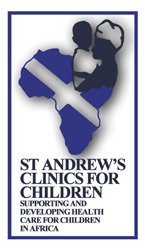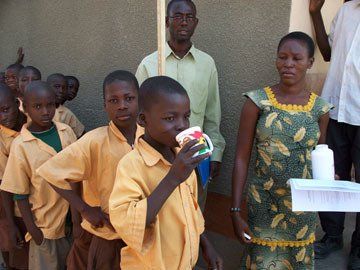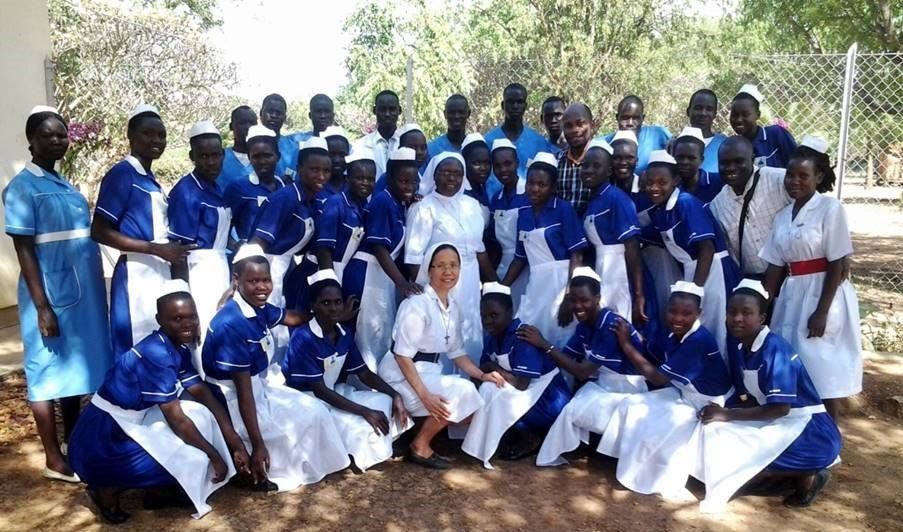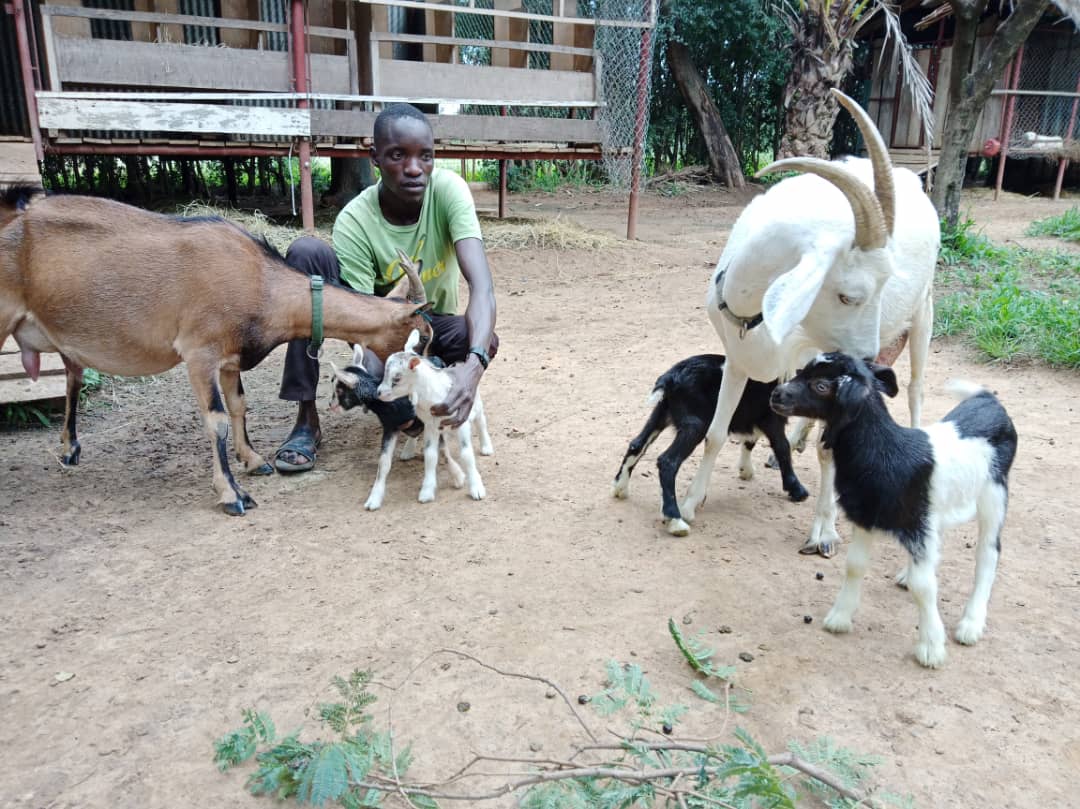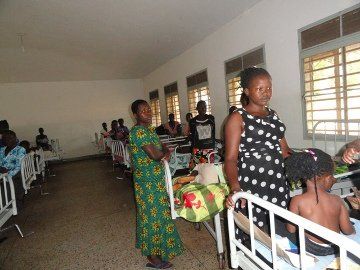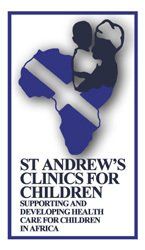Since 2003, STACC has supported the cost of running the Children’s Ward at St Kizito's Hospital, Matany, in the North-east of the country. The ward, which is the biggest and busiest in the hospital, admits from 6,000 to 7,000 patients annually. STACC’s contribution amounts to about 35% of the annual cost, including staff wages, medicines, laundry and other supplies. There is an equally busy outpatient department for children. The hospital seeks to provide additional nutrients for local children and in support of this programme STACC has sent funds to cover the cost of a vegetable garden and the purchase of a small flock of goats for a supply of much needed milk.
Malaria and respiratory tract infections account for over half of hospital admissions. Malnutrition is one of the top five causes of death in the under-fives.
Matany School of Nursing and Midwifery
There has been a Nursing School at St Kizito’s Hospital since 1984. The training takes 2.5 years, with a total of around 127 students, half of whom are studying for a Certificate in Nursing and half for a Certificate in Midwifery. Success rates in national examinations since 2017 has been 100%. The cost for full sponsorship to train one nurse and provide board and accommodation is approximately £1,475. Many potential students cannot afford these fees, as their parents have died or there are too many other siblings who need to be supported and educated.
Funding is urgently required to be able to train further nursing students. Please contact
us if you wish to donate to this cause.
Latest News
Celebrating its 50th year, Brother Gunther tells us about everyday life at St Kizito’s
I would like to tell you a little bit about my everyday life at St. Kizito Hospital in Matany. My name is Br. Günther Nährich, a nurse by profession. But as a Comboni Missionary it is important to be flexible and to take on tasks that are necessary.
Thus, in 1998 I was asked to become the Administrator of Matany Hospital. This task gives me a lot of fulfilment, because I feel that a lot of things are easier to do through good organization and cooperation, especially in such a remote area as Karamoja, a savannah area, approx. 500 km northeast of the capital Kampala.
Our hospital has existed for 50 years now and we can help thousands of children every year to regain their strength through vaccinations, treatment of illnesses and helping malnourished children.
Since my job is mainly in the office and on the computer, I still take time to stop by the hospital wards. Of course, I particularly like going to the children's ward, where often more than 100 children are being treated daily. As we have got only 88 beds in children’s’ ward, some of the children and their attendants, mostly their mothers, have to sleep on mats on the floor.
During the rainy season, which is about to end, we see an increasing number of diseases such as malaria, infections of the respiratory tract, gastrointestinal diseases, etc. As a result, our children's ward is overcrowded. Since the government health centers do not have enough medicines in stock, more patients from our catchment area and also from other areas come to us to Matany to get help. It is a challenge to make sure the drugs were always available.
It is great that we have got a good team spirit among the staff in the hospital. In order to look after the many children, nurses also help out from other wards to support the overburdened staff in the children's ward. The attached photo from the overcrowded "infusion room" of the children's ward shows this situation.
When I reach the nutrition ward, Anna, the nurse there, told me the other day, that the goat milk that little malnourished Esther is given several times a day, has already gained new strength. She can now play in the play room with the other children and is no longer as tired and droopy as when she came to us 10 days ago. That is of course very gratifying. When I informed our shepherd that the goat milk helps the children on the Nutrition ward, he is very proud.
Of course, I could tell you many other stories from here, but maybe another time.
In any case, I thank you all very much, also on behalf of our children, who get well again with your help.
Br. Gunther, St Kizito’s, Matany, Uganda
